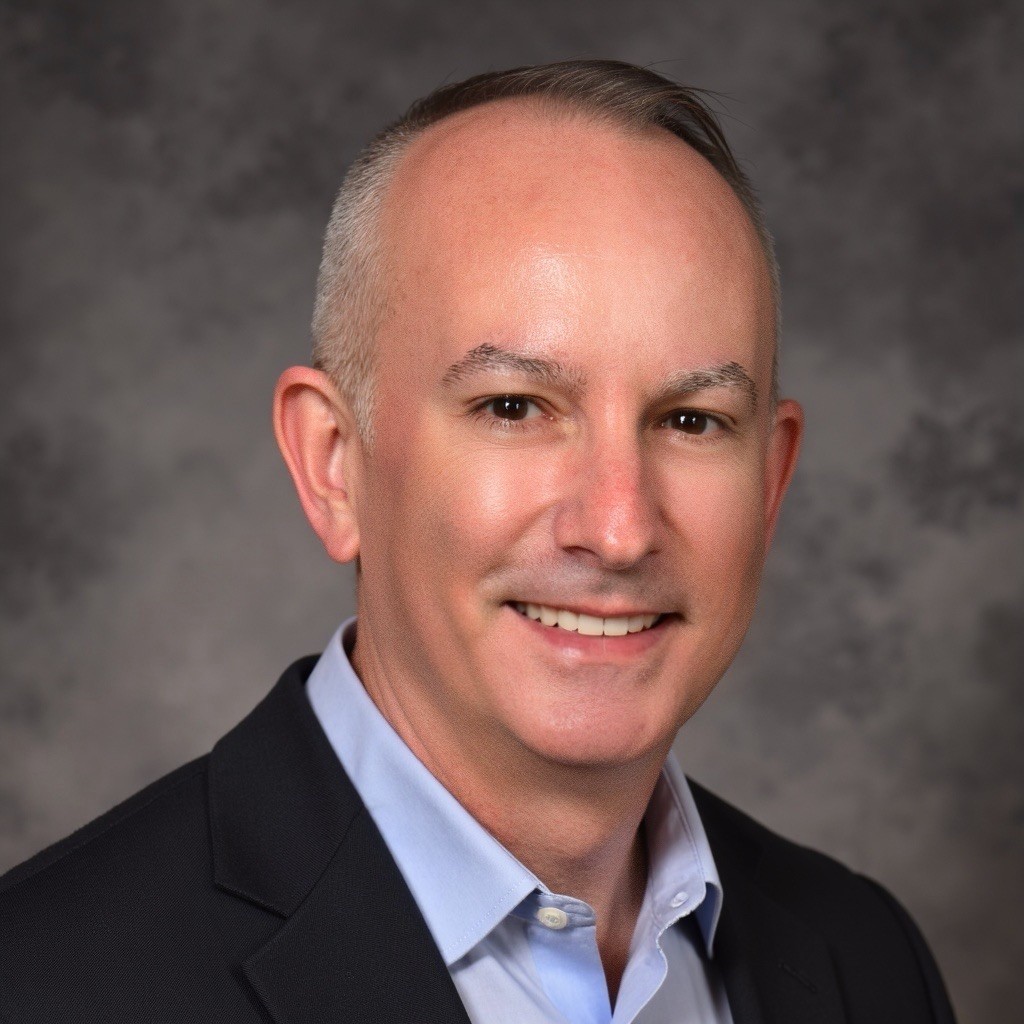BIC - February 2020
By: Shawn M. Galloway
Printable Version
What are the expectations in safety? Zero injuries? OK, but what does someone have to do to make that a reality? While, of course, we want no one to be hurt, who sets any other goal? Are three injuries today OK? This goal of zero injuries has created a commonly observed problem across all industries that affects the clarity of expectations and accountability.
Success being defined as "the absence of injuries" has unintentionally created risk in companies. Consider this flawed logic: "If safety means 'not getting hurt,' then anything I do that doesn't get me hurt must be safe." This reasoning skips the necessary step of correlating which performances do or do not lead to the result of no injuries. While most people are clear on the expectations of the result or goal (zero injuries), many aren't clear on what precise performance is expected to make the goal a reality. Clear expectations lead well-intentioned people to go in a direction toward the objective. Does any direction matter? Of course it does. Clear expectations are realized when they are outlined in three components: roles, responsibilities and results.
A role is how you are perceived. For example, President Reagan was known as "The Great Communicator." Responsibilities should target precise performance, behaviorally defined. What specifically will you do (or not do) to create the impression that you are a great communicator? What will the results be? For safety, all employees would be knowledgeable of the details and prevention opportunities of the most recent events, be able to recite the specific areas of focus for prevention efforts or openly communicate concerns and near-misses, and feel listened to by their leaders. Responsibilities and results are measurable. You can measure if the responsibilities are occurring or not, and you can measure the outcome in the behaviors and beliefs of others. If individuals see what they are doing is producing results, there can be an increase in the important aspects of self-accountability.
There are reactive and proactive aspects to holding others accountable. What happens before or after the results? After the results, it must be clear what led to the outcomes. What did the individual do or not do? Real accountability is proactive, focusing on positive performance and conversations. I define accountability as making sure people are doing the things necessary to get results before seeing how things turn out. If you want to effectively shape the performance of another person and do a great job with accountability, ask and answer these four questions: 1. What do you want the person to do? This should be behaviorally defined. 2. How will you communicate this to them? Get it out of your head and into theirs. 3. What happens if they do it, and is there progressive recognition? 4. What happens if they don't do it, and is there progressive discipline?
For individuals in your company, what are the most important safety roles, responsibilities and results (SRRRs) that will yield the outcome of zero injuries? How will you hold people accountable for their SRRRs? How will you change the negative perception of accountability? If you want clear expectations and accountability in safety, focus on the performance and/or behaviors that will lead to the desired results. If success is behaviorally defined, you can observe it, measure it and coach for it. Coaching is about helping people perform better, not punishing them when they fail. Besides, I've never seen a company punished into excellence.

Shawn Galloway, CEO of ProAct Safety, is an expert in safety excellence. With almost thirty years of experience, he is a highly sought-after advisor, keynote speaker, and expert witness. Shawn has become a trusted partner to leading organizations across various industries worldwide. He ranks in the top 1% of the most prolific writers in his field, having authored over 500 articles and several bestselling books. He also launched the world's first safety podcast, Safety Culture Excellence©. As a recognized authority in safety, Shawn has received awards such as being named among the Top 50 People Who Most Influence EHS and a Top 10 Speaker, among others.
He is a regular guest on Bloomberg, Fox News, The Daily Mail, Dubai One, U.S. News & World Report, Sirius Business Radio, Wharton Business Daily, and leading safety magazines and podcasts. Shawn also serves as a member of the Harvard Business Review Advisory Council, Forbes Business Council, and Fast Company Executive Board, enabling his influence to shape safety thinking and strategy at the executive level.
